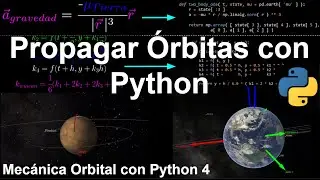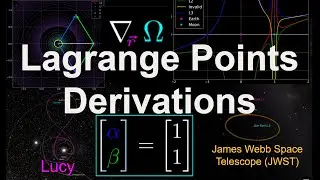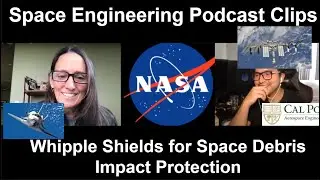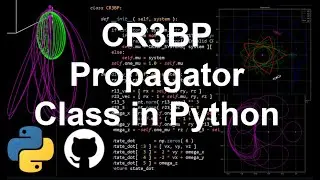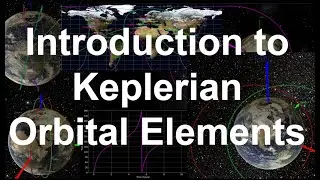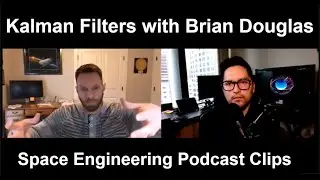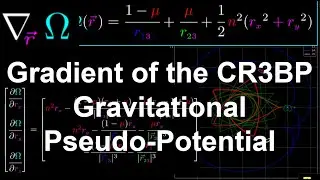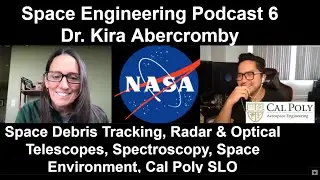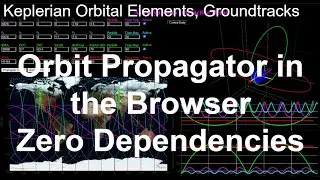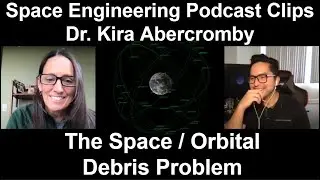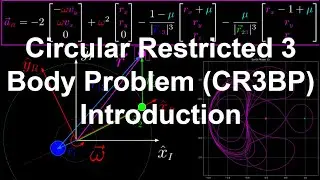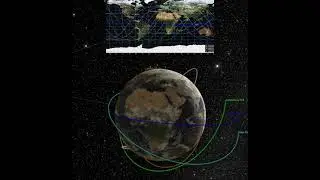Orbit Propagation Stop Conditions | Orbital Mechanics with Python 14
In this video I go over stop conditions to orbit propagation, and how to implement them into OrbitPropagator.
Stop conditions can be used in many applications, such as: checking if spacecraft deorbited (at Earth, a spacecraft is considered deorbited at 100km altitude, but on bodies without atmospheres that would be the surface), check if you need an orbit boost because of orbit degradation due to aerodynamic drag, to know how long to thrust for when orbit raising, to check if you have reached escape velocity, and more.
I go over an old method that I used to use for implementing stop conditions, and why I feel like the new method that I have is better.
Pre-req videos:
1. Introduction / Overview - • Introduction to Orbital Mechanics wit...
4. Developing the OrbitPropagator Class and the Planetary Data File - • OrbitPropagator Class and Planetary D...
Optional videos:
2. Two Body Problem / ODE Solvers - • The Two Body Problem / ODE Solvers | ...
3. Developing the 3D Plotting Function - • Developing the 3D Plotting Function |...
5. tools.py and the plot_n_orbits() function - • Tools file and the plot_n_orbits() Fu...
6. Keplerian Orbital Elements - • Keplerian / Classical Orbital Element...
8. J2 Perturbation - • J2 Perturbation | Orbital Mechanics w...
9. rv2coes() Function - • Convert State Vector to Keplerian Orb...
10. Plotting the Keplerian / Classical Orbital Elements - • Plot Keplerian / Classical Orbital El...
13. Low Thrust - • Low Thrust Trajectories | Orbital Mec...
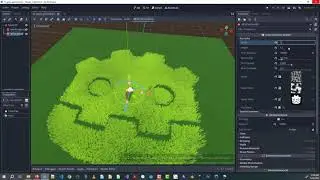
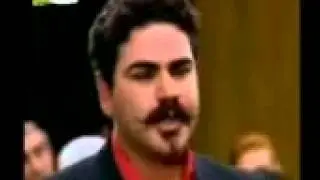
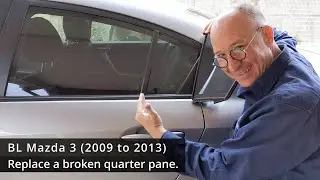

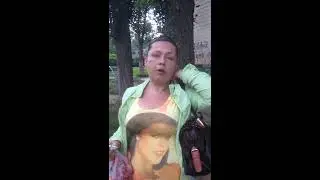

![[Osu!] The Quick Brown Fox - Big Money [$50] (93.57%)](https://images.mixrolikus.cc/video/0YOvOZeu1Qw)

